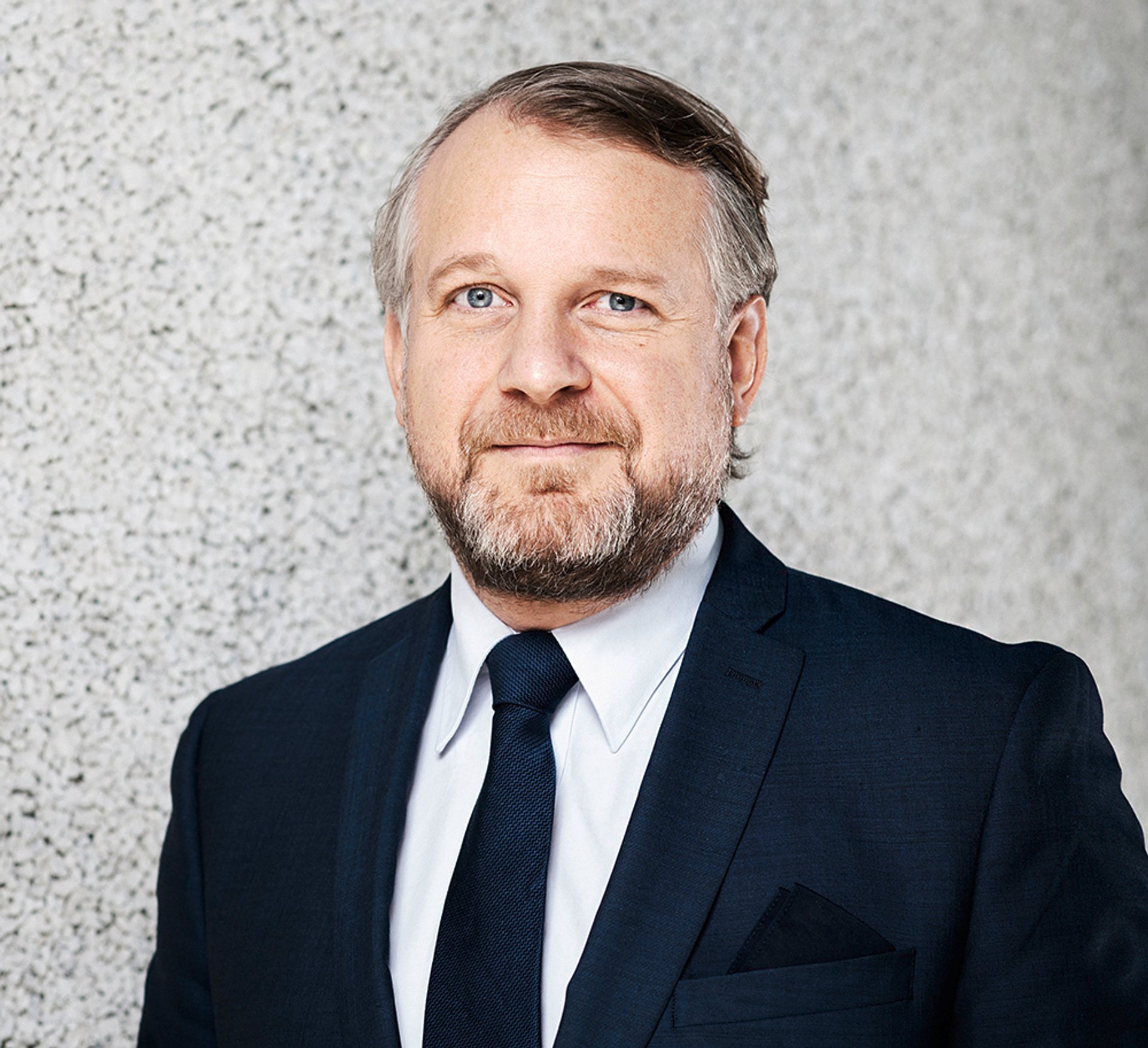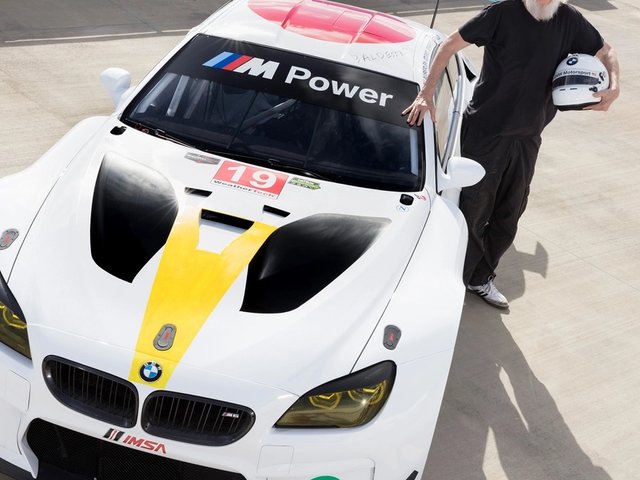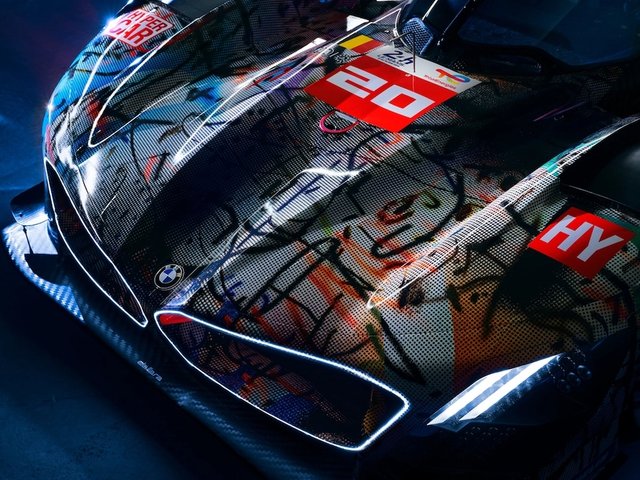Thomas Girst, 45, is head of cultural engagement for the BMW motor car group. Educated in the US and Germany, while at NYU he wrote a PhD thesis that Donald Trump has suddenly made of more than academic interest. It deals with art and literature during an earlier episode of shameful xenophobia, the internment of Japanese-Americans during the Second World War.
A journalist, exhibition organiser and writer, Girst joined BMW in 2003 to develop its cultural role. With a strong emphasis of making the arts accessible, BMW backs contemporary music in museums, brain-storming on urban-living and the role of art, and two major museum partnerships: with the Tate in London and the Guggenheim in New York.
The European agency that advises corporations on art sponsorship, Causales, has just awarded Girst the title of European Cultural Manager of the Year. Perhaps BMW’s most famous cultural product has been the hybridisation of BMW cars with art. Girst revealed the story behind these cars to our sister paper, The Art Newspaper Russia.
Thomas Girst:

I knew about BMW’s Art Cars before I joined BMW. I’ve always been excited by the story behind them, and it was amazing to take over the project because it began thanks to the racing-car driver Hervé Poulain, rather than my colleagues in the PR department.
Poulain’s love of racing cars together with his passion for art was shared by people such as Andy Warhol, Roy Lichtenstein, Frank Stella, and Alexander Calder – all friends of his. BMW Motorsports director Jochen Neerpasch promised Poulain that if he joined their team, he would get his cars decorated by artists. They never thought it would grow into anything serious, but the project became a success and, in 1975, the first Art Car by Alexander Calder was a huge hit with the public the moment it started racing.
When we select artists for the project, it doesn’t mean that someone from BMW or I just talk to them; each time we convene an independent jury of renown international museum directors and curators – in which we have no say – and we trust their judgement. We aim to involve participants from all continents.
What we do decide is the choice of car. Last time around, we selected the M6 GT3 race car to be transformed into an Art Car. The project usually involves one artist, but BMW celebrated its 100th anniversary in 2016, so we decided to choose two artists to work individually on two cars.
I think an extra twist in this story is that one of these two participants is the young Chinese artist Cao Fei and the other is one of the fathers of modern conceptual art, John Baldessari, from the US – this is a dream team.
Would it be possible for activists or, say, performance artists to join the BMW Art Car project? You wrote a book about Dadaists, after all.
I've written three books about Marcel Duchamp. I think that art evolves and it’s no longer about just painting a car. Cao Fei, for example, works with virtual and augmented reality – she never held a brush in her hand. As art evolves, so does the Art Car series. Apart from pornography, racism or blasphemy, the artist has complete creative freedom.
I think it’s quite interesting that performance art is gaining so much momentum at this point in time when we literally live on social networks. It seems as though we as individual human beings have a huge need to see, feel, and even smell; to be part of something human, something that creates an experience. What can be more beautiful than choreography, the movement of body in space? BMW has partnered with London’s Tate Modern Gallery, where we support the BMW Tate Live Programme, which is all about performance art, so I imagine that performance artists will want to join this programme rather than work with cars.
How about the look of the car, from engine to hood? Is it design or is it art?
This is a question of terminology. As a journalist, you must have noticed that some words are used just about everywhere these days; for example, everyone is curating something. The same goes for art. I personally believe that the making of a car can be called design. As our designer Karim Habib puts it, a car is a great deal of teamwork, not only of designers but also of hundreds and thousands of interior and exterior parts and materials. To some extent, design is defined by advances in engineering and technology, but also by designers. This is why, when a car manufacturer starts talking about cars as an art form, I find it a bit presumptuous. It does not do the amazing work of designers enough justice!
At the same time, artists rave about cars of course, and have done so since the automobile’s inception. The Manifesto of Futurism defined the car as modernism’s sculpture; artists loved the speed and the sound, more beautiful than the Victory of Samothrace.
Here at BMW, we see Art Cars as rolling sculptures. Apart from our Art Cars Series, there are hundreds of other examples of how great artists worldwide work with the subject of mobility. What Koons, Holzer, Lichtenstein, Hockney and Rauschenberg have created remains fascinating for those interested in the arts, in technology and engineering, as well as design.




